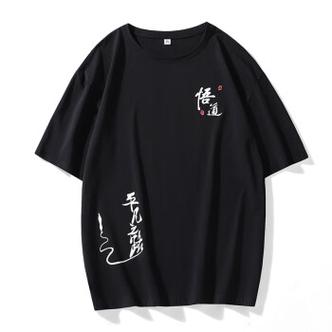You can consider the following aspects when choosing environmentally friendly and harmless clothing fabrics:
1. Raw materials: Choose natural organic fibers or regenerated fibers. Natural organic fibers include organic cotton, organic hemp, organic silk, etc., which avoid the use of pesticides and chemical fertilizers during the production process; regenerated fibers are made from waste fibers or reused fibers, such as recycled polyester fibers.
2. Certification standards: Look for certifications that meet environmental standards. For example, Global Organic Textile Standard (GOTS) is an international organic textile certification standard that imposes strict requirements and supervision on textile raw materials, production processes, social responsibilities, etc. Other certification standards such as Oeko-Tex Standard 100 also guarantee that their products do not contain harmful substances.
3. Production process: Pay attention to the production process of textiles. Some environmentally friendly fabrics may reduce their impact on the environment through low water consumption and low energy consumption production processes.
4. Understand the brand: Choose a brand that recognizes environmental values. Some brands are committed to developing and producing environmentally friendly fabrics and regard this as their core value.
When purchasing clothing, you can also pay attention to the interpretation of the following logos:
1 . Oeko-Tex Standard 100: This mark indicates that the product meets the requirements of Oeko-Tex Standard 100 and does not contain harmful substances.
2. GOTS certification: This mark indicates that the textile meets the organic textile standards of GOTS, proving that it uses organic fibers, environmentally friendly dyes and processing agents, and complies with social responsibility requirements.
3. Recycled fiber mark: If the fabric is made of recycled fiber, you can check whether it is marked with the corresponding regenerated fiber mark, such as recycled polyester fiber .
In addition, consumers can also judge the degree of environmental protection by understanding the brand’s sustainable development policy, production process and supply chain transparency. In short, choosing environmentally friendly clothing fabrics requires careful study and evaluation of various factors, and making decisions based on your own values and needs.





